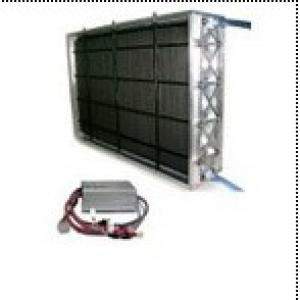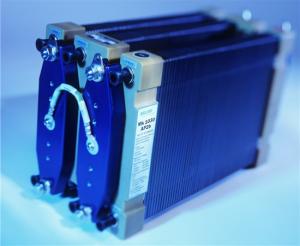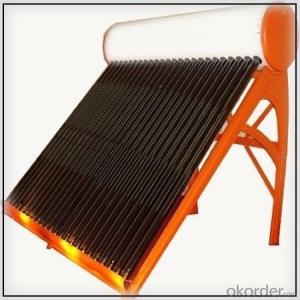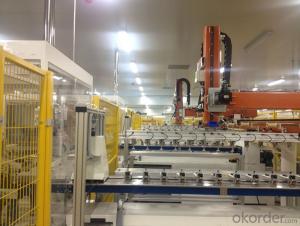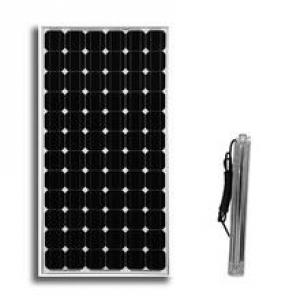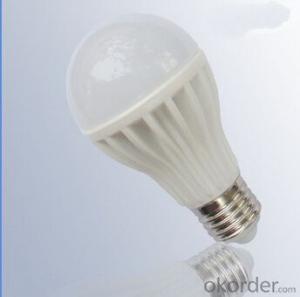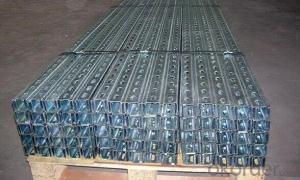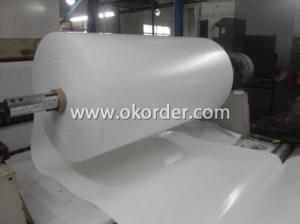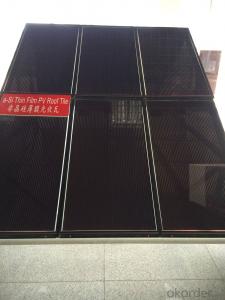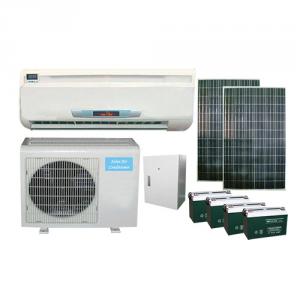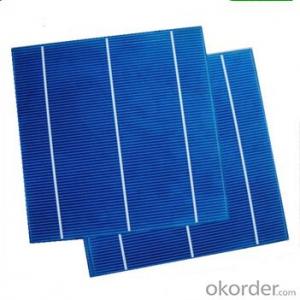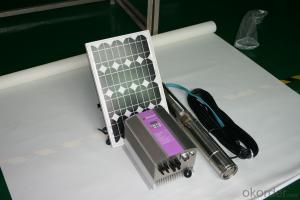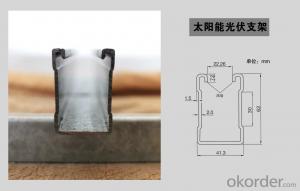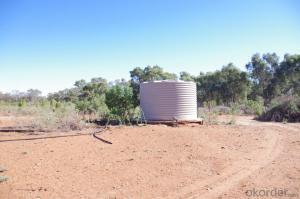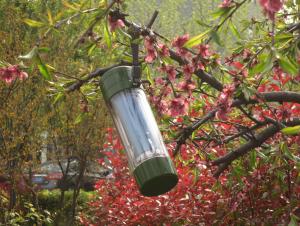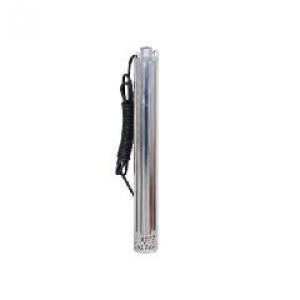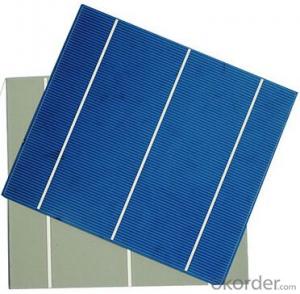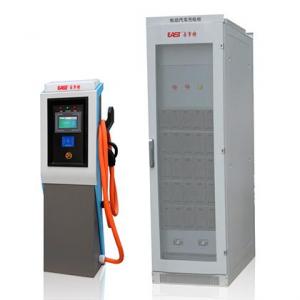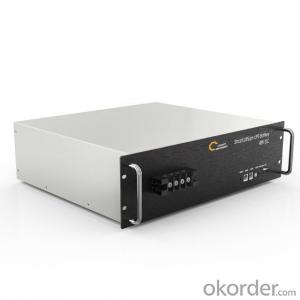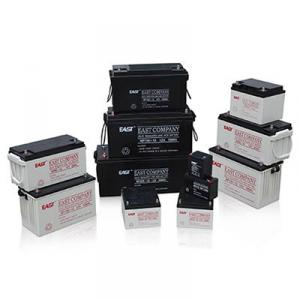Doping Solar Cells
Doping Solar Cells Related Searches
Building Solar Cells Creating Solar Cells Better Solar Cells Buy Solar Cells Free Solar Cells Hot Solar Cells Chipped Solar Cells Photovoltaic Solar Cells Folding Solar Cells All About Solar Cells Solar Energy Cells Purchase Solar Cells Organic Solar Cells Buying Solar Cells Wholesale Biomimicry Solar Cells Commercial Solar Cells Screen Printing Solar Cells Encapsulation Solar Cells Biogenic Solar Cells Raw Solar Cells Chemical Dop Solar Cell Module Dye-Sensitized Solar Cells Large Solar Cells Black Solar Cells High Performance Solar Cells Bulk Solar Cells Dye-Sensitised Solar Cells Floating Solar Cells High Temperature Solar CellsDoping Solar Cells Supplier & Manufacturer from China
Doping Solar Cells are advanced photovoltaic devices that utilize the process of doping to enhance the efficiency of converting sunlight into electricity. These solar cells incorporate various types of dopants, such as boron or phosphorus, to create an electric field within the cell, which in turn boosts the generation of electric current. This technology is crucial in the development of more efficient and cost-effective solar energy solutions.Doping Solar Cells find their application in a wide range of scenarios, from residential rooftop installations to large-scale solar farms. They are particularly useful in areas with limited sunlight or where high efficiency is required, such as in space applications or remote locations. The versatility of these solar cells makes them an attractive option for both small-scale and large-scale renewable energy projects.
Okorder.com is a leading wholesale supplier of Doping Solar Cells, offering a vast inventory to cater to the needs of various industries and applications. With a commitment to quality and customer satisfaction, Okorder.com ensures that their products meet the highest standards of performance and reliability. Their extensive range of Doping Solar Cells is available for purchase, making it a one-stop solution for businesses and individuals looking to harness the power of solar energy.
Hot Products




